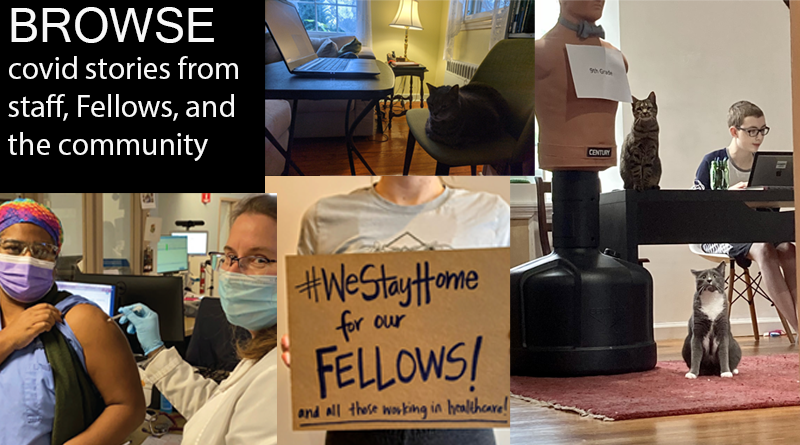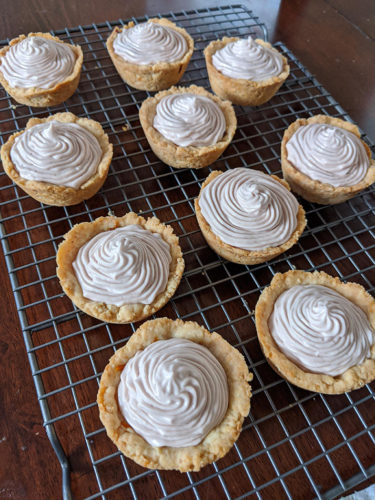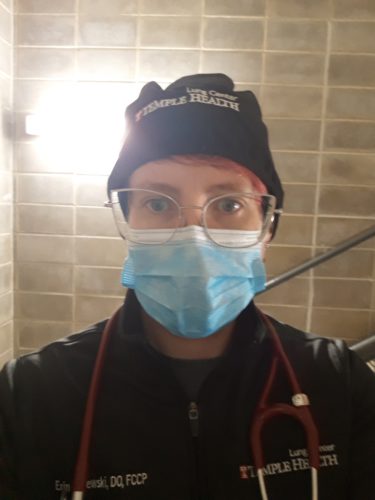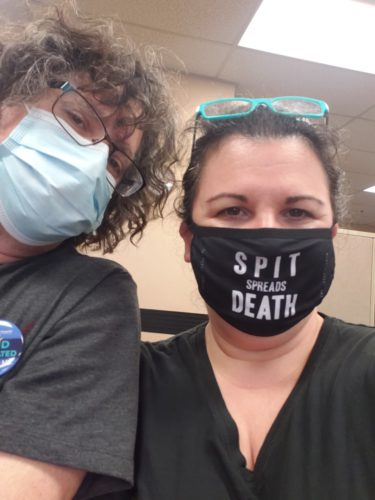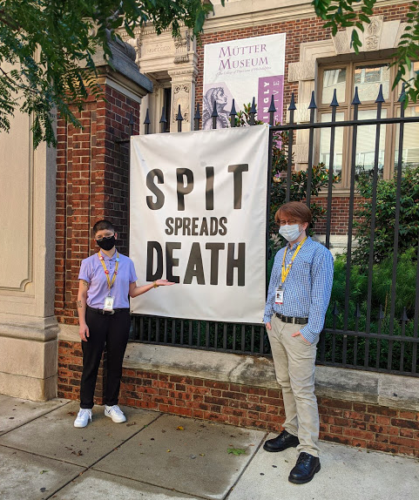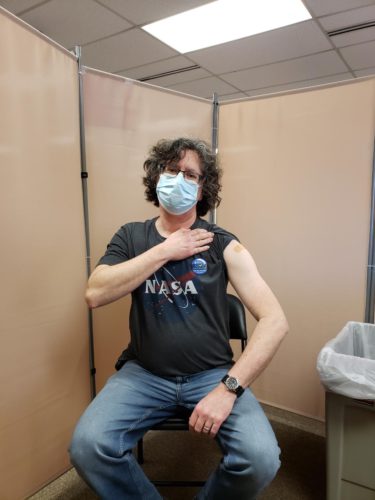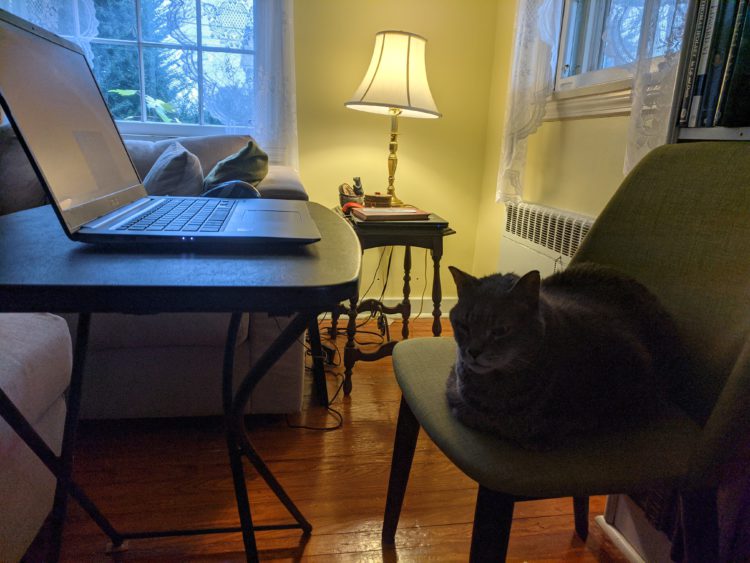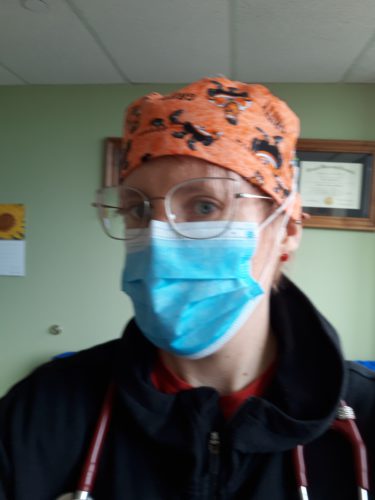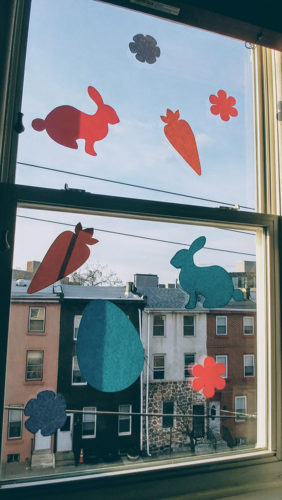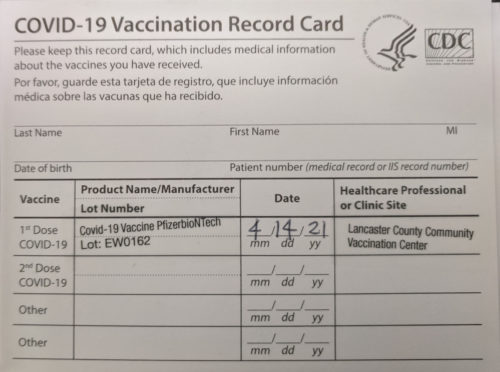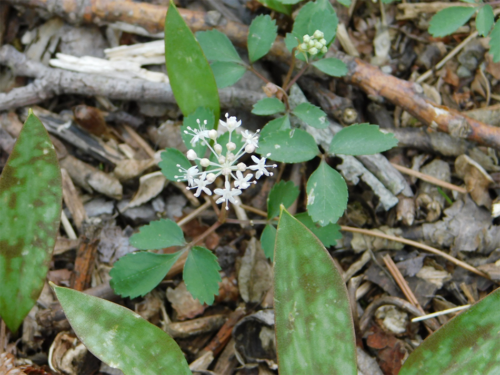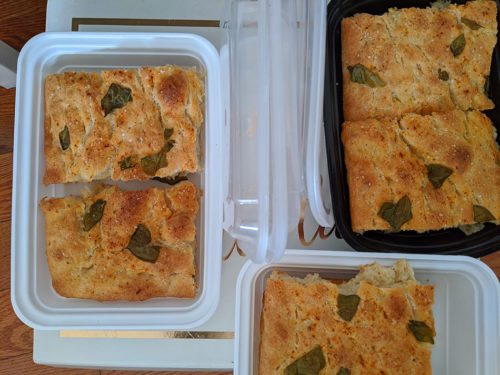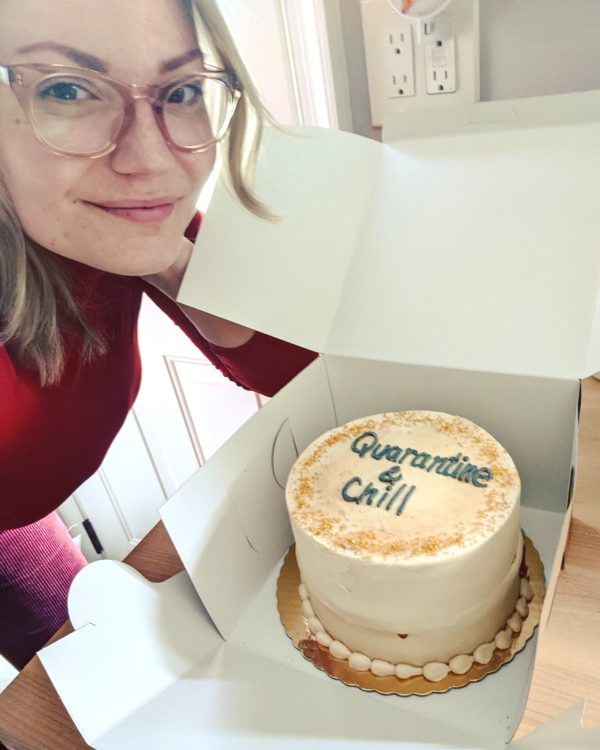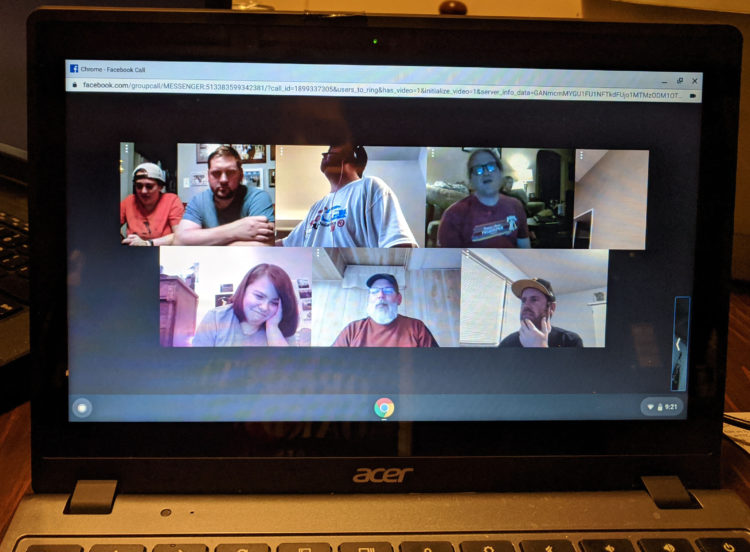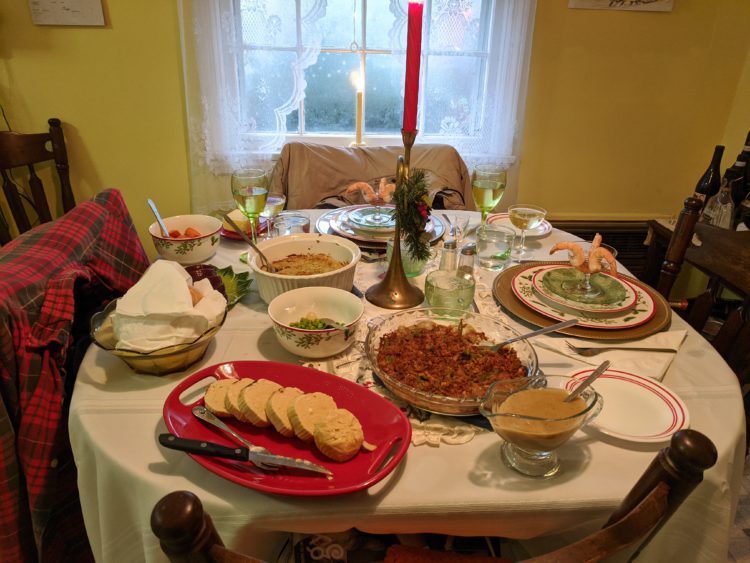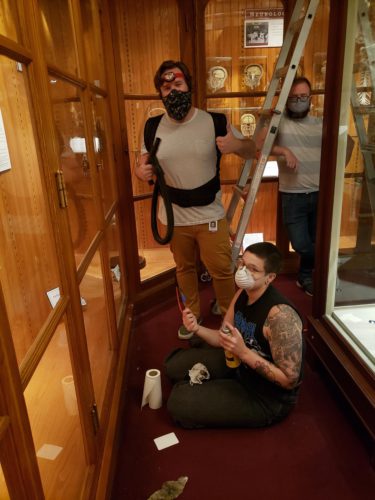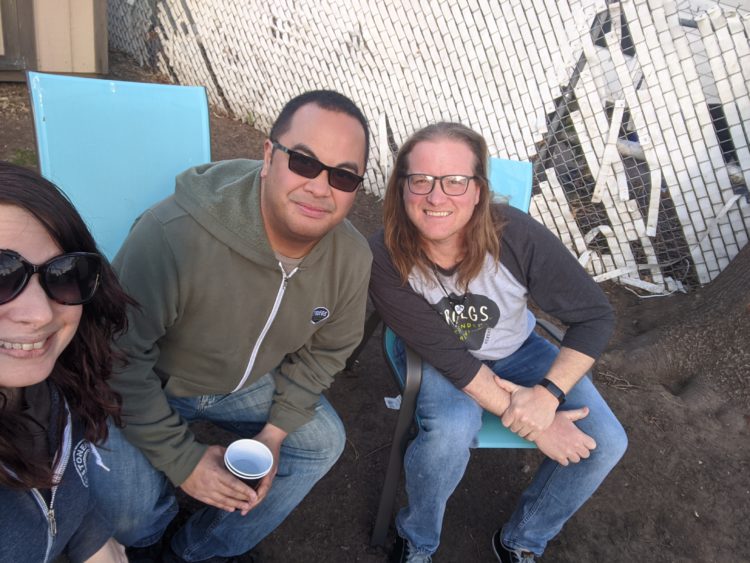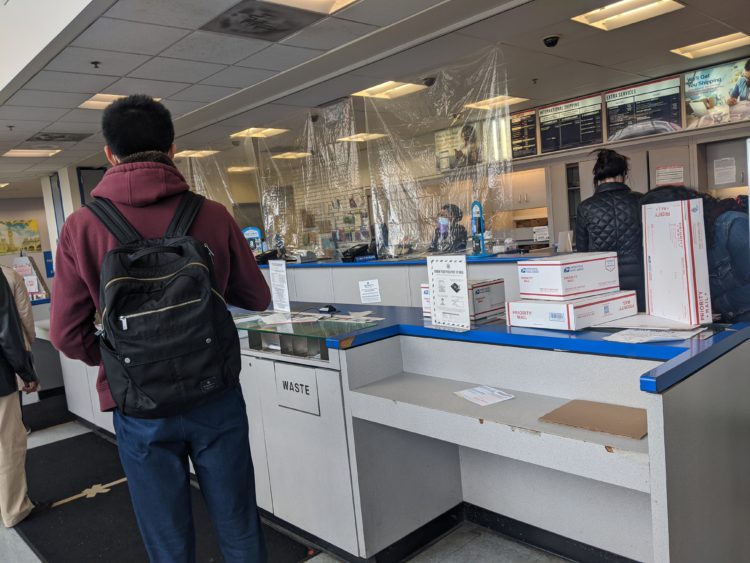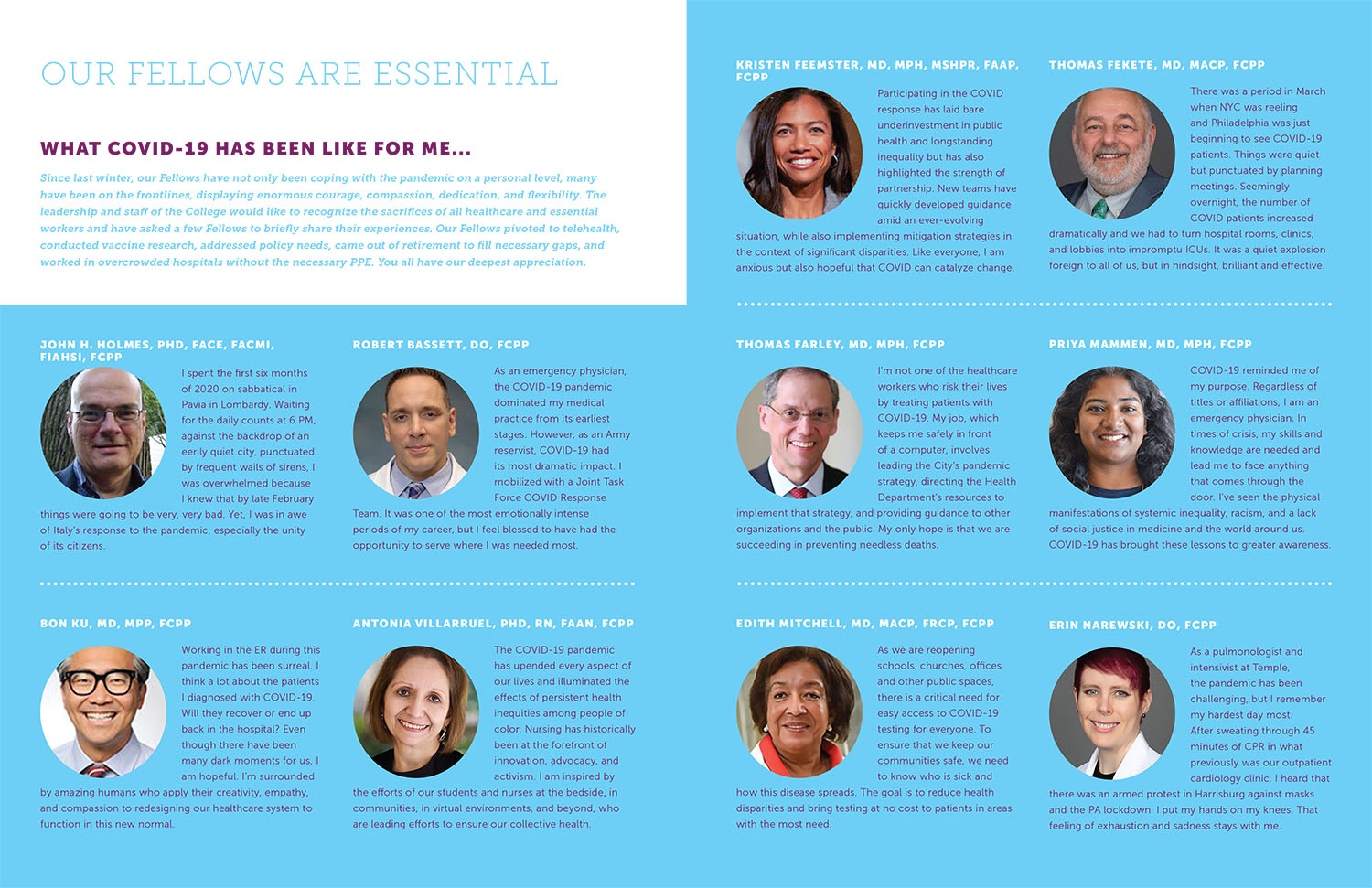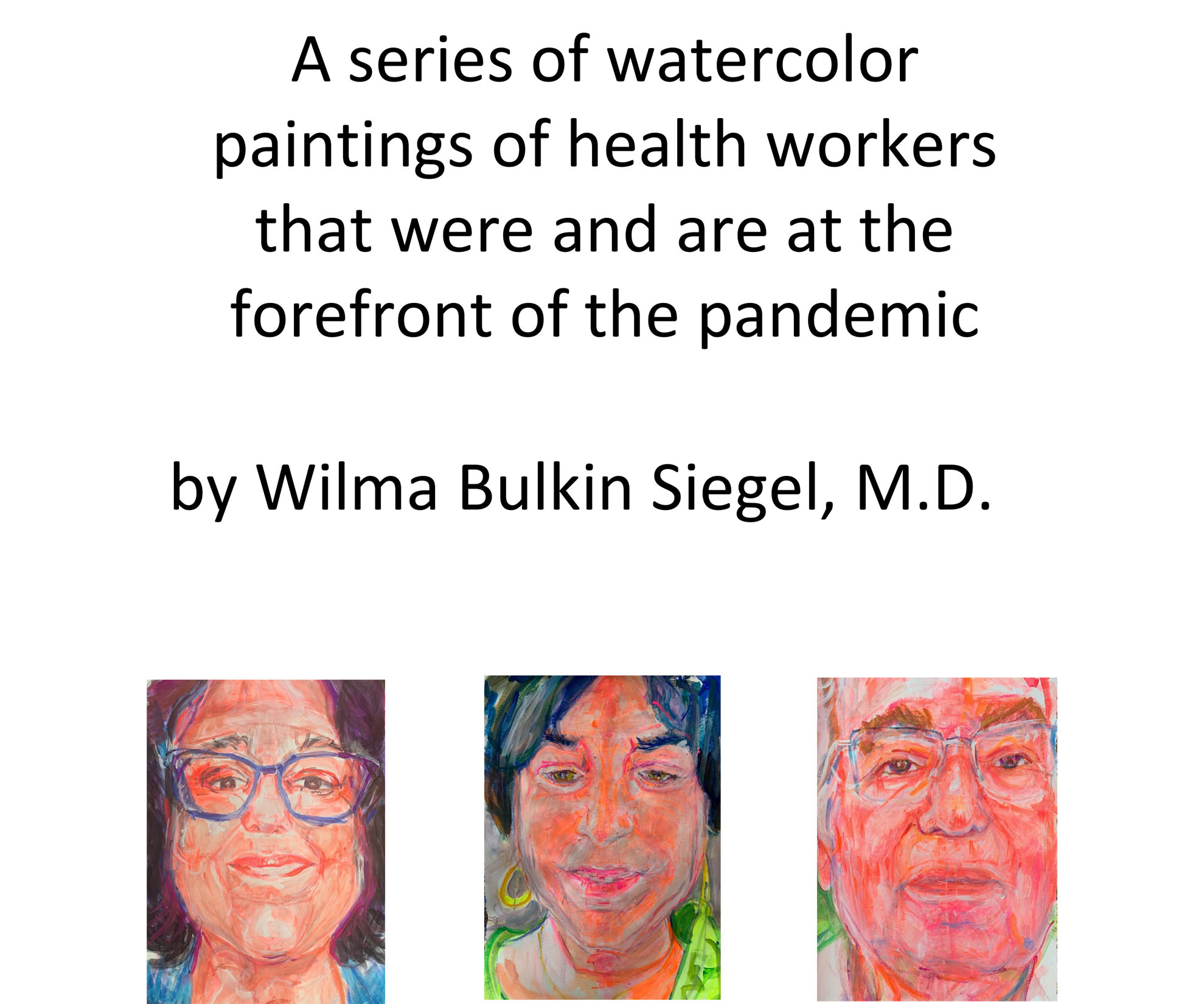Photo Gallery
Stories (Click to open and read in a pop-up window)

Like everybody else I learned about COVID-19 in January 2020. Although I no longer have a laboratory I joined the effort to develop a vaccine against SARS-2 coronavirus through advising numerous vaccine developers including major manufacturers, biotechs and the Gates Foundation. The subjects that I have pushed for include:
Measurement of neutralizing antibodies
Correlates of protection
Human challenge studies
During these many months I have been extremely busy participating in meetings by Zoom, Webex, etc. Although I could not contribute in the lab, I found that despite my age I could make meaningful contributions based on experience. Setting aside for a moment the deaths, illnesses, economic effects and societal disruption, this adventure has been a positive one for vaccination in general.– Dr. Stanley Plotkin; Fellow; Emeritus Professor of Pediatrics, University of Pennsylvania, Children’s Hospital of Philadelphia; 88; Doylestown, PA
It was a trying year for everyone in so many aspects. I will always feel the loss of the dozen or so friends, family, and associates who were close to me and lost their battle with covid. I am thankful for the many more that I know who made it through safely. My Installation as President of the Pennsylvania Medical Society was to be shared with my family and friends but when the annual House of Delegates was canceled due to the restrictions, I arranged a virtual installation be held at the lovely setting of our College of Physicians. The intrastate and national travels that the position demands were virtualized from my home. The vital support for the profession and our patients continued without waver.
Oath:
Interview:
Speech:
– Michael DellaVecchia, MD, PhD, FACS, FCPP; Fellow; Pennsylvania Medical Society; Philadelphia, PA
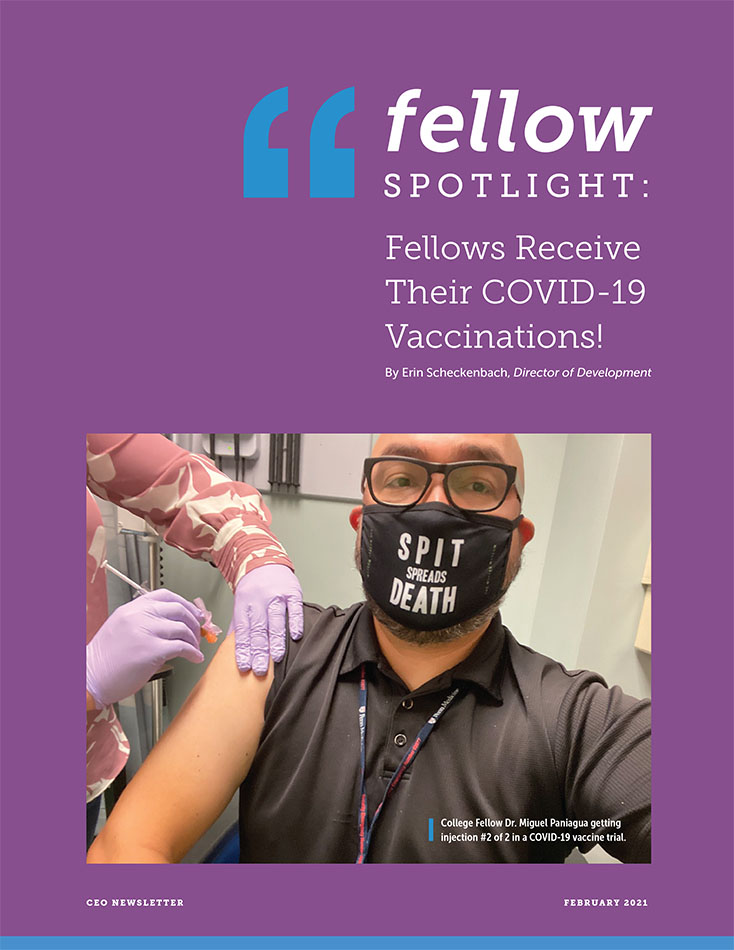
1) It’s easy to forget how far we’ve come in the last year, and that it was only 12 months ago that we didn’t have the capacity to locally perform COVID-19 tests. That we weren’t sure it was airbourne. That we didn’t know the disease well enough to know what symptoms to look out for. That we didn’t know whether we should be telling people to mask up. That we thought we’d need thousands of ventilators because we thought intubating every patient with severe disease would be needed. That we reviewed and updated our institutional triage rules anticipating a situation of severe shortage in which care wouldn’t be available to everyone who needed it. We rightly feared lines outside the doors of the ER in which patients would die awaiting care. For those affected, we had no treatments. From this perspective on the other side of those early days, things seem a fait accompli. Of course our international medical community came together to share knowledge and perform rapid-fire high-quality research. Of course we flattened the curve. Of course we got through it! Nothing here was certain. We shouldn’t forget.
2) Most of us recognize the load the pandemic placed on the healthcare workers, or at least we dutifully comment on it as we discuss the impact of this generational pandemic. There are two aspects to this that we don’t speak about enough; that the American healthcare system was already burning out its providers, and the load imposed by the pandemic is only partially measured in hours. Before the pandemic, my adjusted productivity was already at the 99th percentile. During the past year, I increased my total work by 23%. 23% may not sound like much, just a little less than 1/4 of my total effort added by a generational event in health care. Seems reasonable! However, that perspective fails to appreciate the sense of being already so far past the red-line that a head gasket is about to blow and being asked to turn it up by another quarter. The effect of this alone, being sustained by so many families silently and dutifully over the past year, is difficult to allow yourself to feel. In my experience, this was significantly worsened by the emotional and psychological load of the politicization of and efforts to resist the impacts of the pandemic. It was literally gut-wrenching to speak to dying patients who did not believe that the disease killing them existed. To see my neighbors in the supermarket with masks below their chins standing close together in the checkout line. To watch patients walk into the hospital for care for long-term health conditions, fearful of their lives, dodging someone in the lobby objecting to the security and safety restrictions maskless, at full volume, 2 inches from the face of a security officer. Each of these small events added up for me, like invisible paper cuts. While some folks went out of their way to demonstrate their appreciation for the situation we faced every day, others undermined this every day. For me, the undermining wasn’t overcome by the kindness, a feature which added to the struggle immensely.
3) The patient stories ring in my ears. They aren’t my stories to tell, but they’re in storage in my soul. I met many folks dependent on a loved one for care who were infected with COVID because their loved one didn’t take adequate precautions. I met many who lost multiple family members and friends as COVID swept through their neighborhoods. I met defiant families that gathered for holidays and ended up gathering again for funerals afterwards. So many are sick for so long, peering out hospital windows after months suffering in isolation rooms, tethered to oxygen, with no end in sight. So many stories…
– Erin Camac (nee Narewski), DO, FCCP; Fellow; Associate Professor of Medicine – Pulmonary Medicine and Critical Care, Temple University – LKSOM and TUH; 37; Philadelphia, PA
New Year’s Eve before 2020, everyone was hopeful that this was a special year. “2020 was the year to have clear vision.” Little did we know then that this was the year to have the worse pandemic in history.
The Corona virus-19 had its birth and mankind and the human being was threatened to extinction. The world-wide epidemic of this vicious disease closed down our lives into lockdown and isolation and the threat of death pervades the world.
With lockdown and isolation our whole world changed. The world became clean again at the expense of death of the elderly and infirm humans including those stricken with poverty and societies horrible greed was put on hold.
The human is a wonder of nature with its brain heart hand connection. There is always a fight of good versus evil within the emotional content of the individual. There are those who set the pathway of caring empathy and love for others and so from that group came those dedicated to help the survival of the human condition.
They are the brave ones who faced the danger to themselves to help others- a duty beyond their understanding. We called them “The Essential Workers”. The healthcare profession experts ruled to wear masks to protect themselves and others from the spread of the virulent enemy corona virus19 spread by those infected by droplets.
The mask hides who we are and thus further isolates us from others emotionally. As social beings it is against our “flow”. Yet the mask forces eye contact which is the only way we can know each other as individuals now along with language communication skills.
Isolation has forced communication virtually through the technology. Technology inhibits touch feel and eye contact, almost how, an autistic individual communicates.My work as a physician in palliative care and oncology as a pioneer years back in the 70’s and 80’s was all about touch and feel and comfort. I faced the horrors of the worse diseases then cancer and AIDS and never thought of the danger to me. I was passionate about caring consoling and giving comfort to my patients in whatever way I could.
The essential workers of today have that altruistic trait. I wish to honor them for their courage to save us and me. It is a story of the WE not the ME. I painted their portraits as I see them and wrote the narrative as “my heroes”. I asked them to express what they learned about life and what they learned about their own life force as a final question in a video.
I thank those who offered themselves to me. I am ever grateful to these heroes who helped to save the world.
– Wilma B. Siegel, M.D.; Fellow; Artist
Please see the corresponding PDF for a series of watercolor portraits of health workers that were and are at the forefront of the pandemic, painted by Dr. Siegel, or visit https://spark.adobe.com/page/REV2JE8COm4Bf/ to see the entire work “Behind the Mask Covid19.”

